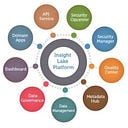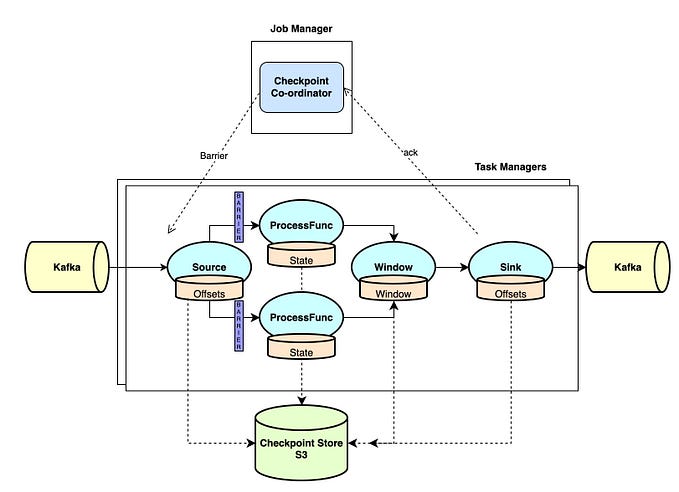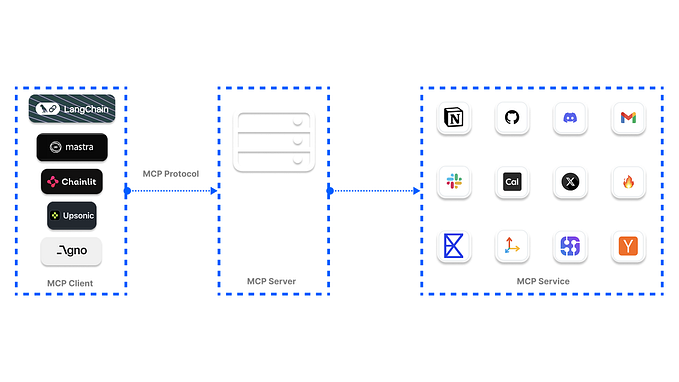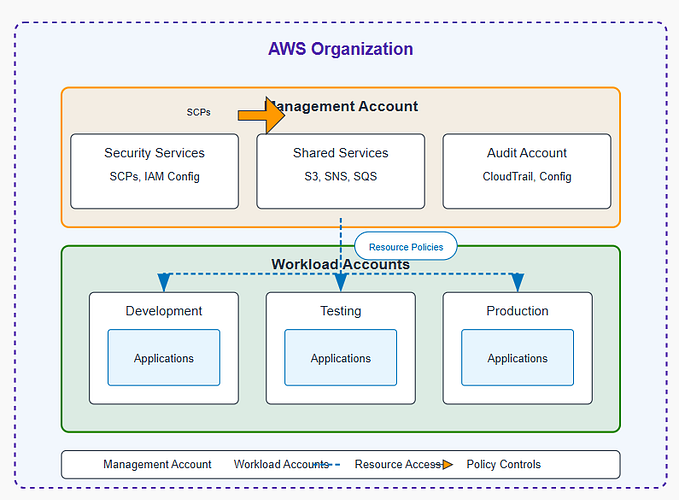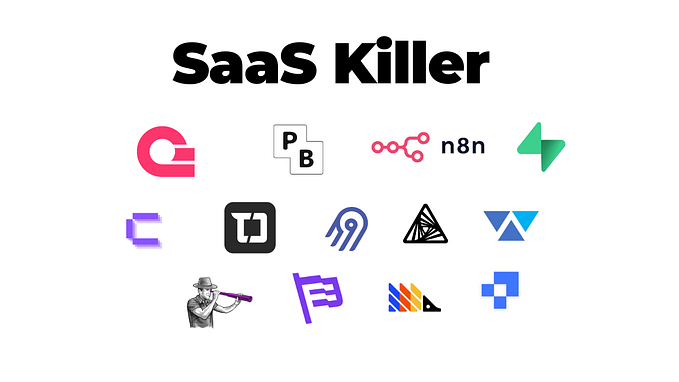InsightRAG Data Security: Enabling Robust and Compliant AI Solutions

In the age of AI-powered decision-making, data security is paramount. The InsightRAG Data Security Framework ensures that sensitive data is protected, compliance standards are met, and organizations can trust their AI solutions. It integrates data classification, access controls, encryption, redaction, guardrails, and audits to deliver comprehensive security while maintaining scalability and usability.
1. Data Classification
Effective data security starts with understanding the data itself. InsightRAG employs a governed Catalog and Data Groups architecture that captures data ownership and security classifications during the setup phase.
How Data Classification Works in InsightRAG:
- Governed Architecture: When pipelines or manual uploads populate the catalog, a data classification profile is provisioned. This profile includes ownership, sensitivity levels, and governance requirements.
- Automatic Detection of Sensitive Data: InsightRAG extractors analyze incoming data for sensitive information such as Personally Identifiable Information (PII) or Payment Card Information (PCI). These findings are captured in the metadata repository.
- Rich Classification Metadata: Combined metadata from ownership, pipeline processes, and content analysis creates a detailed classification that supports access controls, policy enforcement, and audits.
Impact on Security:
- Enables strict access policy enforcement based on sensitivity.
- Facilitates audit controls by providing detailed lineage and usage metadata.
- Supports compliance with data regulations like GDPR, HIPAA, and PCI-DSS.
2. Access Controls
InsightRAG employs Role-Based Access Control (RBAC) to govern access to sensitive data, ensuring only authorized users can view or interact with specific datasets.
Key Components of Access Control:
Authentication:
- InsightRAG integrates seamlessly with enterprise identity providers like Okta, Azure AD, and LDAP.
- Once authenticated, users can access the system through Single Sign-On (SSO), reducing friction and enhancing security.
Authorization:
- Authorization is based on user roles and groups.
- Fine-grained access policies can be defined at multiple levels:
- Catalog Level: Restrict access to specific catalogs based on organizational units.
- Data Location Level: Govern access to buckets, folders, or paths.
- Data Store Level: Limit access to specific databases or warehouses.
- Data Field Level: Enforce restrictions on specific columns or fields in structured datasets.
Dynamic Policy Enforcement:
- Access policies adapt dynamically based on metadata classifications, ensuring continuous compliance as new data is ingested.
Impact on Security:
- Protects sensitive data by granting access only to authorized individuals.
- Mitigates the risk of data breaches through layered access controls.
3. Encryption
Encryption is a foundational aspect of InsightRAG’s data security, safeguarding data both at rest and in transit.
Encryption Features in InsightRAG:
Data at Rest:
- Data stored in data lakes (e.g., object storage buckets) is encrypted using AES-256, ensuring industry-standard protection.
- Vector databases leverage block-level encryption, provided by cloud infrastructure like AWS, Azure, or GCP.
Data in Transit:
- All communication between systems, including pipeline transfers and API calls, is encrypted using TLS 1.2/1.3 protocols.
Ownership Segregation:
- Logical segregation of data lakes enforces data ownership boundaries, further enhancing governance.
Impact on Security:
- Prevents unauthorized access to data, even if physical storage is compromised.
- Protects sensitive data during communication, minimizing interception risks.
4. Redaction
Data redaction ensures sensitive data remains protected throughout its lifecycle. InsightRAG implements redaction at two critical points: during extraction and retrieval.
Redaction During Extraction:
- Sensitive Data Masking: Information such as PII or PCI is masked to prevent unauthorized access.
- Tokenization: Data is replaced with tokens, which can later be de-tokenized by authorized users.
- Format-Preserving Encryption (FPE): Ensures sensitive data remains encrypted while retaining its format for downstream processing.
- Compliance-Friendly Storage: Redacted data is stored in the Vector Database (Knowledge Base) to ensure compliance with PCI and PHI standards.
Redaction During Retrieval:
Dynamic Role-Based Redaction:
- Based on user roles, sensitive data is dynamically redacted or de-tokenized during retrieval.
- For example, an authorized user might see full details, while an unauthorized user views masked data.
Audit Logging for De-Tokenization:
- When sensitive data is de-tokenized, InsightRAG logs the access, capturing the user’s role and timestamp.
Impact on Security:
- Reduces risk of sensitive data exposure, even in collaborative environments.
- Enables organizations to store and retrieve data securely while maintaining compliance.
5. Guardrails
InsightRAG employs Guardrails to ensure secure and ethical use of AI.
Key Guardrails:
Prompt Injection Detection:
- Identifies and blocks attempts to manipulate AI models through malicious input.
Bias and Hate Removal:
- Filters out biased, hateful, or harmful content during query processing and response generation.
Disallowed Topics Enforcement:
- Blocks responses related to prohibited or sensitive topics as defined by organizational policies.
Impact on Security:
- Protects against misuse of AI models.
- Ensures compliance with ethical and organizational standards.
6. Audits
Audits provide traceability and accountability for all actions taken within the InsightRAG framework.
Audit Features:
Access Logs:
- Record details of all data access events, including user identity, roles, and timestamps.
Pipeline Logs:
- Capture pipeline execution details, including data transformations, classifications, and redaction activities.
Retrieval Logs:
- Monitor queries, response generation, and any de-tokenization events.
Compliance Reporting:
- Generate reports for regulatory frameworks like GDPR, HIPAA, and PCI-DSS.
Impact on Security:
- Enhances traceability for internal and external audits.
- Demonstrates compliance with data protection regulations.
Conclusion
The InsightRAG Data Security Framework combines cutting-edge technologies and best practices to provide end-to-end data protection. From classification and access control to encryption, redaction, and guardrails, it ensures that sensitive data is safeguarded while enabling organizations to build robust and compliant AI solutions. By integrating these features seamlessly into the InsightRAG ecosystem, businesses can achieve greater trust, scalability, and innovation in their AI-driven initiatives.
